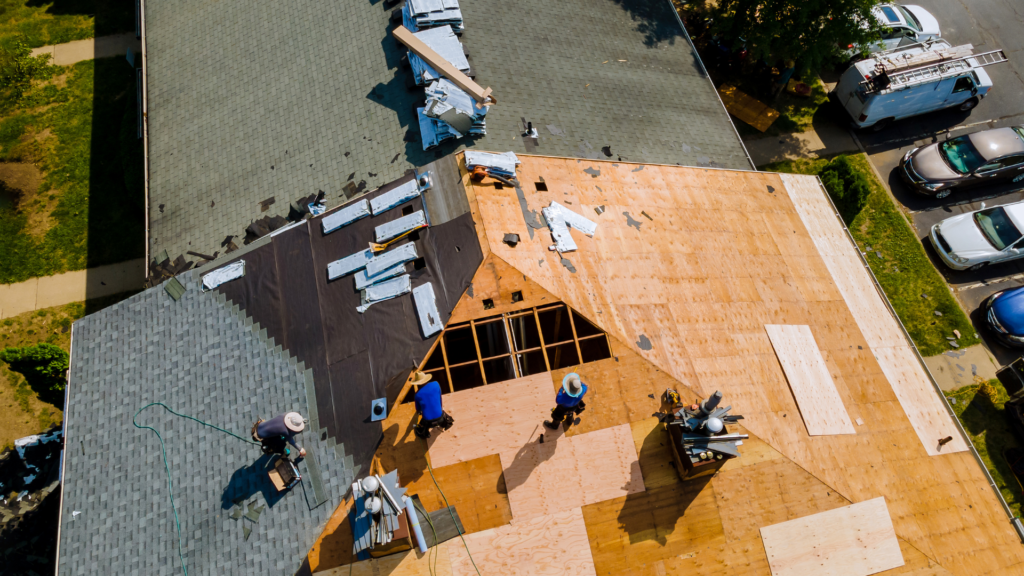Key takeaways:
- Immediate roof inspection after storms is crucial to prevent further damage
- Common storm damage includes missing shingles, dents, and water leaks
- Safety should be the top priority when assessing roof damage
- Professional assessment is recommended for accurate damage evaluation
- Proper documentation is essential for insurance claims
- Timely repairs can prevent long-term structural issues
Winnipeg homeowners need to be prepared for the potential roof damage that can occur during severe storms. Assessing your roof after a storm is a critical step in maintaining your home’s integrity and preventing costly repairs down the line. This guide will walk you through the process of conducting a storm damage roof assessment, with a focus on the unique weather conditions faced by Winnipeg residents.
Understanding Winnipeg’s storm patterns
Winnipeg experiences a range of severe weather conditions throughout the year that can impact your roof’s condition. From heavy snowfall and ice storms in winter to intense thunderstorms and occasional tornadoes in summer, your roof faces many challenges.

Winter storm impacts
Winnipeg’s harsh winters can be particularly tough on roofs. Heavy snow accumulation can put excessive weight on your roof structure, while freeze-thaw cycles can lead to ice dam formation. These ice dams can cause water to back up under shingles, leading to leaks and interior damage.
Summer storm concerns
During the warmer months, Winnipeg can experience severe thunderstorms with high winds, hail, and even tornadoes. These events can cause immediate and obvious damage to your roof, such as missing shingles or dents from hailstones.
Safety first: Preparing for a roof assessment
Before you begin assessing your roof for storm damage, it’s crucial to prioritize safety. Roof inspections can be dangerous, especially after a storm when surfaces may be slippery or unstable.
Essential safety gear
When preparing to inspect your roof, make sure you have the following safety equipment:
- Sturdy ladder
- Non-slip shoes
- Safety harness (if available)
- Work gloves
- Hard hat
When to call a professional
While some homeowners may feel comfortable performing a visual inspection from the ground or a ladder, it’s often safer and more thorough to hire a professional roofing contractor for a complete assessment. This is particularly true for steep or high roofs, or if you suspect significant damage.
Conducting a ground-level inspection
Start your storm damage roof assessment with a thorough ground-level inspection. This can give you a good initial idea of any obvious damage without the risks associated with climbing onto the roof.
What to look for
During your ground-level inspection, keep an eye out for:
- Fallen shingles or roofing materials in your yard
- Visible gaps or missing shingles on the roof
- Dented or damaged gutters and downspouts
- Debris on the roof or in gutters
- Signs of water staining on exterior walls
Using binoculars for a closer look
A pair of binoculars can be incredibly helpful for getting a closer view of your roof from the ground. This tool allows you to spot smaller issues that might not be visible to the naked eye, such as lifted shingles or minor hail damage.
Assessing shingle damage
Shingles are often the first line of defense for your roof, and they can show clear signs of storm damage. Understanding what to look for can help you identify potential issues quickly.
Types of shingle damage
Common types of storm-related shingle damage include:
- Missing shingles: High winds can rip shingles off your roof entirely.
- Curling or lifted shingles: This can occur due to high winds or age.
- Cracked shingles: Hail or falling debris can cause cracks in shingles.
- Granule loss: After a hailstorm, you might notice an accumulation of granules in your gutters or on the ground.
The importance of prompt repairs
Even minor shingle damage can lead to more significant issues if left unaddressed. Water can seep under damaged shingles, leading to rot, mold, and interior water damage. Prompt repairs can prevent these more serious and costly problems.
Identifying hail damage
Hail storms can cause significant damage to roofs, often in ways that are not immediately obvious. Knowing how to spot hail damage is crucial for Winnipeg homeowners.
Recognizing hail damage on different roofing materials
Hail damage can appear differently depending on your roofing material:
- Asphalt shingles: Look for dark spots where granules have been knocked off, or soft spots that feel like bruises when you press on them.
- Metal roofing: Hail often leaves dents or dings in metal roofing.
- Wood shingles: Hail can cause splits or cracks in wood shingles, often with sharp edges and a brown or orange hue inside the split.
The hidden dangers of hail damage
While some hail damage is obvious, other forms can be subtle and easily overlooked. However, even minor hail damage can compromise your roof’s integrity over time, leading to leaks and other issues.
Checking for water damage and leaks
Water damage is one of the most serious consequences of storm damage to your roof. Identifying and addressing water-related issues quickly is essential to prevent extensive damage to your home’s structure and interior.
Signs of water infiltration
Look for these indicators of water damage:
- Water stains on ceilings or walls
- Damp or musty odors in your attic
- Swollen or bubbling paint and wallpaper
- Warped or buckling wood flooring
Attic inspection
Your attic can provide valuable clues about the condition of your roof. After a storm, check your attic for:
- Wet or damp insulation
- Water stains on rafters or sheathing
- Sunlight visible through the roof boards
Documenting the damage
Proper documentation of storm damage is crucial, especially if you plan to file an insurance claim. Take thorough notes and plenty of photos to support your case.
Tips for effective documentation
- Take clear, well-lit photos of all damage, both close-up and from a distance
- Make a detailed list of all damaged areas and items
- Note the date and time of the storm and when you discovered the damage
- Keep receipts for any emergency repairs or temporary fixes
Using technology to your advantage
Consider using a smartphone app designed for home inventory or insurance claims. These apps often allow you to organize photos, add notes, and even create reports that can be useful when filing a claim.
When to contact your insurance company
If you’ve identified significant storm damage to your roof, it’s time to contact your insurance company. Understanding the claims process can help ensure you receive fair compensation for repairs.
Understanding your policy
Before filing a claim, review your homeowner’s insurance policy. Pay attention to:
- Your deductible amount
- Coverage limits for roof damage
- Any exclusions that might apply to storm damage
The claims process
When you’re ready to file a claim:
- Contact your insurance company as soon as possible after discovering the damage
- Schedule an inspection with an insurance adjuster
- Get estimates from reputable roofing contractors
- Work with your insurance company to agree on a fair settlement
Choosing a reputable roofing contractor
Selecting the right roofing contractor is crucial for ensuring quality repairs and protecting your investment. In Winnipeg, where extreme weather is common, you need a contractor who understands local conditions and building codes.
What to look for in a roofing contractor
- Local experience and reputation
- Proper licensing and insurance
- Warranties on materials and workmanship
- Positive customer reviews and references
Questions to ask potential contractors
- How long have you been working in Winnipeg?
- Can you provide local references?
- What type of warranty do you offer?
- Are you familiar with our local building codes and permit requirements?
Preventative measures for future storms
While you can’t control the weather, you can take steps to protect your roof from future storm damage. Implementing these preventative measures can save you time, money, and stress in the long run.
Regular maintenance tips
- Schedule annual roof inspections
- Keep gutters clean and in good repair
- Trim overhanging tree branches
- Replace damaged or worn shingles promptly
Upgrades to consider
- Impact-resistant shingles
- Improved attic ventilation
- Ice and water shield underlayment
- Reinforced roof decking
The importance of timely repairs
Addressing storm damage quickly is crucial for preventing more extensive and costly problems down the line. Timely repairs can:
- Prevent water damage to your home’s interior
- Maintain your roof’s structural integrity
- Extend the overall lifespan of your roof
- Potentially lower your insurance premiums by reducing the risk of future claims
The cost of delaying repairs
Putting off necessary roof repairs can lead to:
- More extensive damage requiring full roof replacement
- Interior water damage affecting walls, ceilings, and belongings
- Mold and mildew growth, which can be costly to remediate and pose health risks
- Decreased energy efficiency due to compromised insulation
Understanding your roof’s lifespan
Knowing the expected lifespan of your roof can help you make informed decisions about repairs versus replacement after storm damage.
Average lifespans of common roofing materials
| Roofing Material | Average Lifespan (Years) | Factors Affecting Lifespan |
|---|---|---|
| Asphalt Shingles | 15-30 | Quality, climate, maintenance |
| Metal Roofing | 40-70 | Type of metal, installation quality |
| Wood Shingles | 20-40 | Wood quality, maintenance, climate |
| Clay Tiles | 50-100 | Quality of tiles, installation |
| Slate | 75-200 | Stone quality, installation, maintenance |
Signs it might be time for a full replacement
- Your roof is nearing the end of its expected lifespan
- You’re experiencing frequent leaks or damage
- The roof has sustained significant storm damage
- Your energy bills have increased due to poor roof performance
The environmental impact of roof damage
Considering the environmental implications of roof damage and repairs is increasingly important for many Winnipeg homeowners.
Energy efficiency concerns
A damaged roof can significantly impact your home’s energy efficiency. Gaps, leaks, and poor insulation can lead to:
- Increased heating costs in winter
- Higher cooling expenses in summer
- Greater overall carbon footprint
Eco-friendly roofing options
When repairing or replacing your roof, consider these environmentally friendly options:
- Cool roofing materials that reflect more sunlight
- Recycled or recyclable roofing products
- Green roofing systems that support vegetation
- Solar tiles or panels integrated into your roofing system
Local resources for Winnipeg homeowners
Winnipeg offers several resources to help homeowners deal with storm damage and roof repairs.
City services and information
- Contact the City of Winnipeg’s Planning, Property & Development Department for information on building permits and inspections
- Check the city’s website for updates on severe weather warnings and emergency services
Community support
- Local hardware stores often offer workshops on home maintenance and repair
- Neighborhood associations can be a good source of contractor recommendations and shared experiences
Financing options for roof repairs
Major roof repairs or replacements can be a significant expense. Understanding your financing options can help make the process more manageable.
Insurance coverage
Your homeowner’s insurance may cover some or all of the cost of storm-related roof repairs. Review your policy and speak with your insurance agent to understand your coverage.
Additional financing options
- Home equity loans or lines of credit
- Personal loans from banks or credit unions
- Government assistance programs for home repairs
- Roofing company financing plans
| Financing Option | Pros | Cons |
|---|---|---|
| Insurance | May cover most costs | High deductibles, potential premium increases |
| Home Equity | Lower interest rates | Uses home as collateral |
| Personal Loans | Quick approval process | Higher interest rates |
| Gov’t Programs | Low or no interest | Limited availability, income restrictions |
| Contractor Financing | Convenient | Potentially higher interest rates |
Conclusion
Assessing and addressing storm damage to your roof is a crucial part of home maintenance, especially in Winnipeg’s challenging climate. By understanding the signs of damage, knowing how to conduct a thorough inspection, and being prepared to take prompt action, you can protect your home and avoid costly repairs down the line. Remember, when in doubt, it’s always best to consult with a professional roofing contractor who understands the unique needs of Winnipeg homes. Stay proactive, stay informed, and keep your roof in top condition to weather whatever storms come your way.

